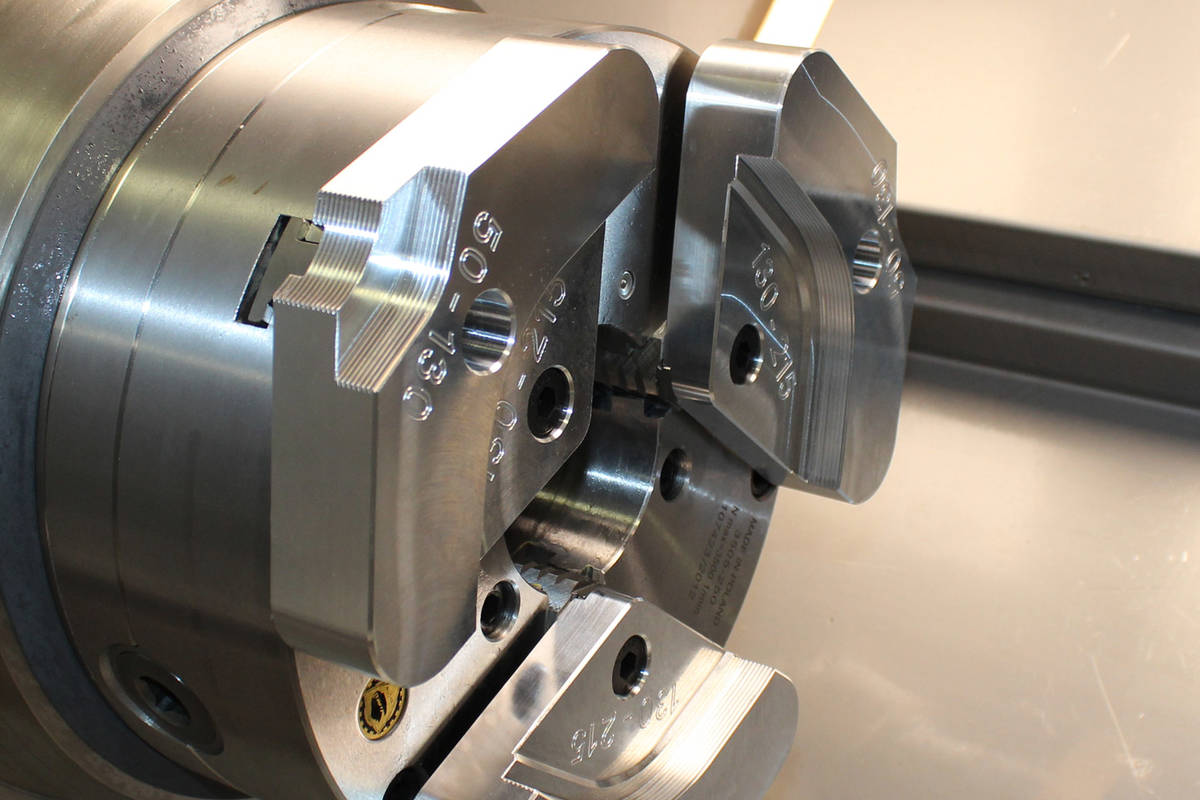

Also, for almost any situation where a mitome-in is needed, a simple signature will suffice.

Some people use the same inkan for all three different purposes, but given that the jitsu-in is equivalent to your signature, and it can be easily copied, the less you use it the better. The mitome-in is not registered anywhere and has no legal standing. Mitome-inĪ mitome-in is your regular, everyday hanko which you use for everyday things-like receiving parcels or for stamping on an invoice if you are a freelancer. Since a company isn’t a real person and can’t sign anything, you need to register a ginko-in when you open an account. One big exception is when you start a company. While Japanese patrons are typically required to register a ginko-in when they open a bank account, most banks don’t require it of foreign customers. It can be used to withdraw money from your account or sign up for a loan, so you should look after it. Instead of registering it with your city office, you just register it with your bank(s).

Ginko-inĪ ginko-in is simply a hanko for financial transactions. When signing an important contract, you’ll often need to impress your seal and provide the certificate to prove that it’s your inkan and that it’s registered. After you’ve registered it, they’ll also issue you with a “inkan card” which will allow you to print certificates of seal registration. For the jitsu-in to have legal standing, you must register it at your city office. The same goes for other situations like setting up a company or buying a house. If you’re a freelancer and you need to sign a contract with a company, you need a jitsu-in. A jitsu-in (literally meaning “actual/true seal”) is the one you would use when signing a contract.


 0 kommentar(er)
0 kommentar(er)
